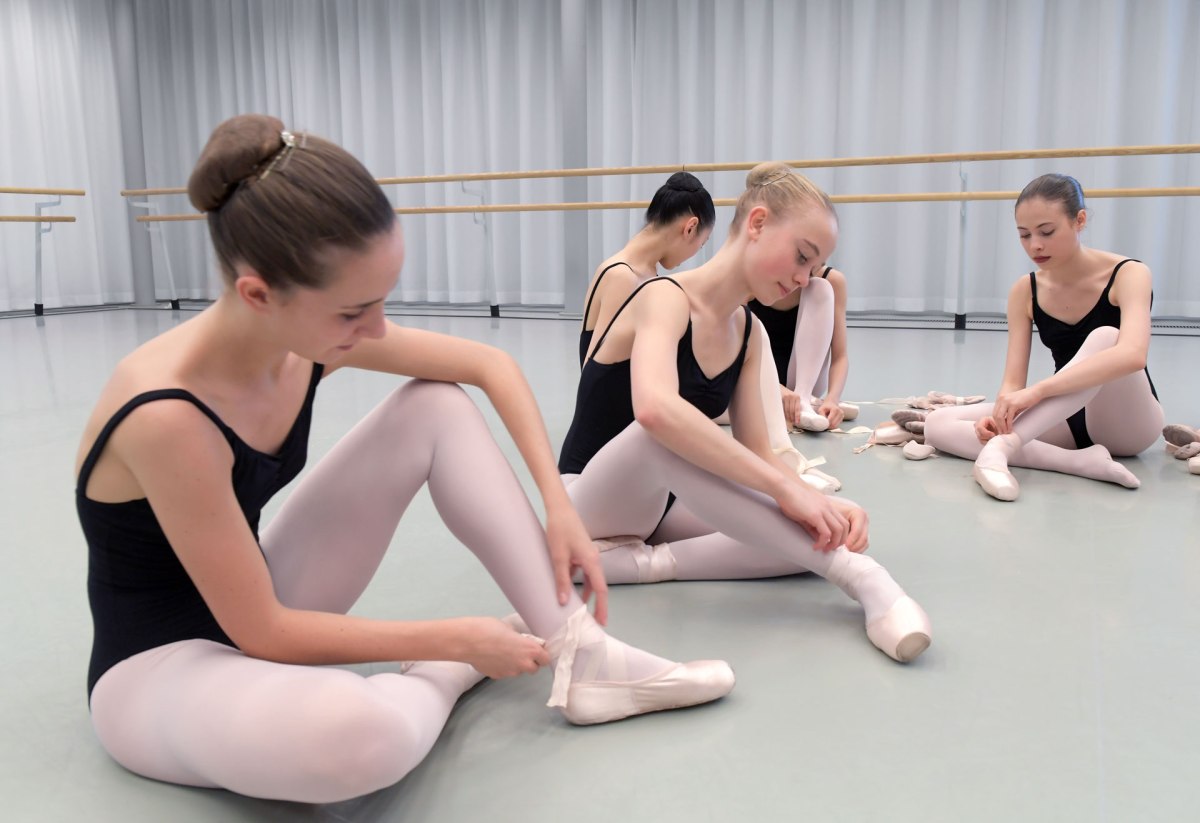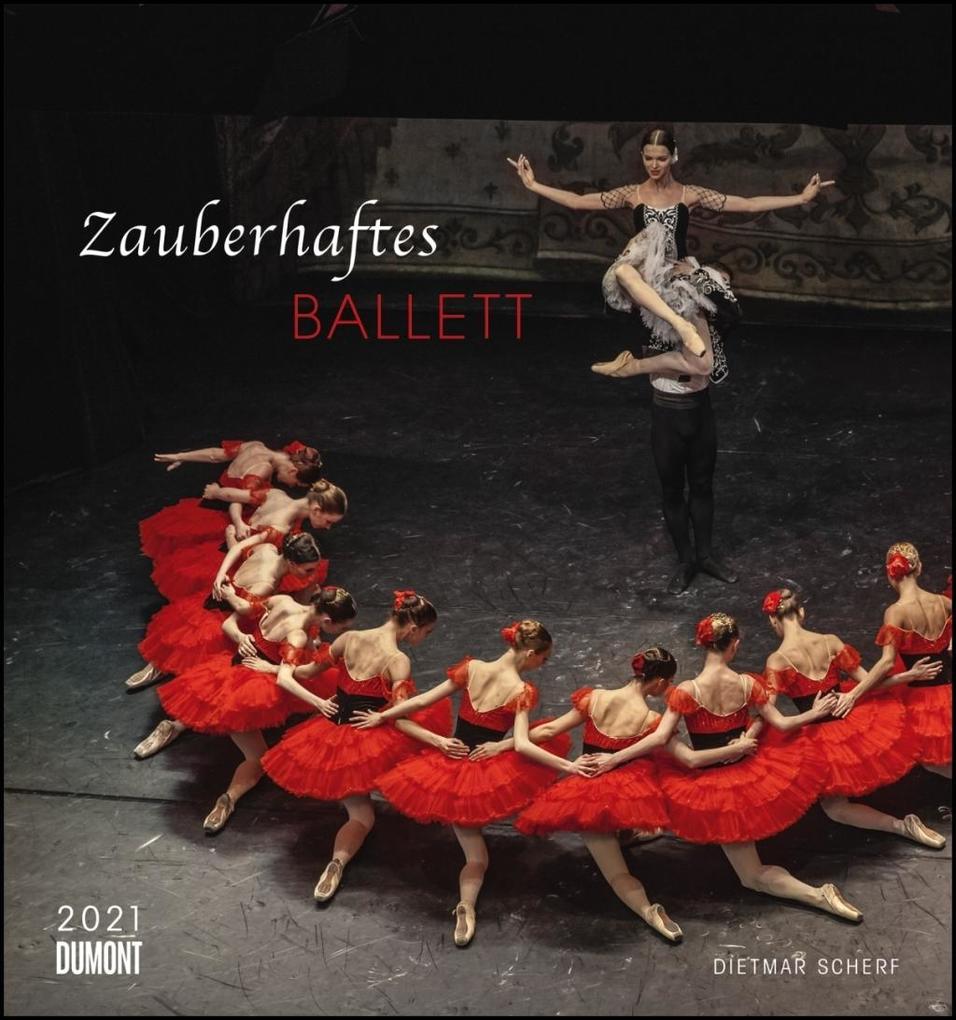By Judith Hunger, guest entry published by Zett, a magazine by Zurich University of the Arts, 2018
What began in 1832 with the world premiere of the ballet “La Sylphide” is still part of the training received by future ballerinas: dancing on pointe. The challenging footwork is also taught and practised everyday at Zurich Dance Academy.
“Pointe work is highly demanding and requires very good training, patience and discipline. It takes a long time before the lightness becomes visible,” says Steffi Scherzer, artistic director of Zurich Dance Academy (taZ). She knows what she is talking about. Her career — from group dancer to prima ballerina — lasted 28 years. “It takes students some time to find the right pointe shoes. It’s constant trial and error,” adds Tina Goldin, who teaches classical dance and pointe work at taZ. The shoes, moreover, must be individually fitted. Possible pressure points need to be softened as a precaution, elastic bands are sewn onto the shoe or the sole need shaping. This can take up to an hour. Not unusually, ballerinas prepare more than one pair of pointe shoes per performance. They might even need to change shoes between scenes.
A new role for the foot
It was the legendary Marie Taglioni who first danced a whole performance on tiptoe in Paris in 1832. Henceforth called “prima ballerina,” she lent the mythological air spirit — Sylphide — a new body- and weightlessness. In addition, Marie Taglioni wore a tutu for the first time in the eponymous ballet — a “romantic” tutu, as it is called in technical jargon. Yet another sensation was that, up until those days, ballerinas were dancing in frock coats. The bone of contention was the length — or rather the shortness — of the tutus. It reached down to roughly the middle of the calf to provide a clear view of the ballerina’s footwork. The dancer’s foot thus assumed a new role: it became part of the dancer’s artistic expression.

Countless tricks for foot care
From a medical point of view, a ballerina’s foot assumes a new function in pointe dance. She stands on her “stretched-out” foot — in what resembles a small evolutionary step. Her body weight is balanced in the toe cap, which is glued with several layers of fabric, on a very small surface. To dance professionally and safely in pointe shoes, the feet must be strengthened under expert guidance over several years through very specific training.
Feet subject to such wear and tear require intensive care. taZ students massage them with rubber balls, cushion their pointe shoes and bind their toes in special tape. Extensive application of cream, to keep the skin as soft and elastic as possible, is as much a daily ritual as strengthening the feet through special exercises using resistance bands. In short, the list of tricks in ballerina foot care is as lengthy and personal as the infinite range of different feet.
Mobility is prerequisite
“And roll up! Stand stable above the tip! Arms up! Keep your balance,” Tina Goldin instructs her undergraduate students. “We start with the simplest bar exercises. At this stage they primarily serve to build up strength,” she explains. The individual elements are still clearly distinct. “The feet should also preserve a certain elasticity,” adds Steffi Scherzer. Natural foot and body mobility and flexibility are essential prerequisites for professional ballet. “We can promote mobility, but we can’t create it. It’s a prerequisite for classical academic dance.”
What begins simply ends highly demandingly. Advanced classes focus on speed and on mastering the different dynamics. Students also devote much time to skillfully combining individual elements — the soft and expressive in the adagio, the swift and lively in the allegro — into a virtuoso whole. At this stage, the pointe shoes should no longer be a foreign object, but must have become an integral part of the foot, the leg, the entire body.
Guest Author
Judith Hunger (judith.hunger@zhdk.ch), responsible for communications at ZHdK’s Department of Performing Arts and Film, quotes Kafka in this context: “Art needs craftsmanship more than craftsmanship needs art.”
Photo on Top: Getting ready for a training session at Zurich Dance Academy (taZ). Photograph: © taZ
This entry appeared on 7th May 2018 in Zett, a magazine by Zurich University of the Arts www.zhdk.ch/zett.






